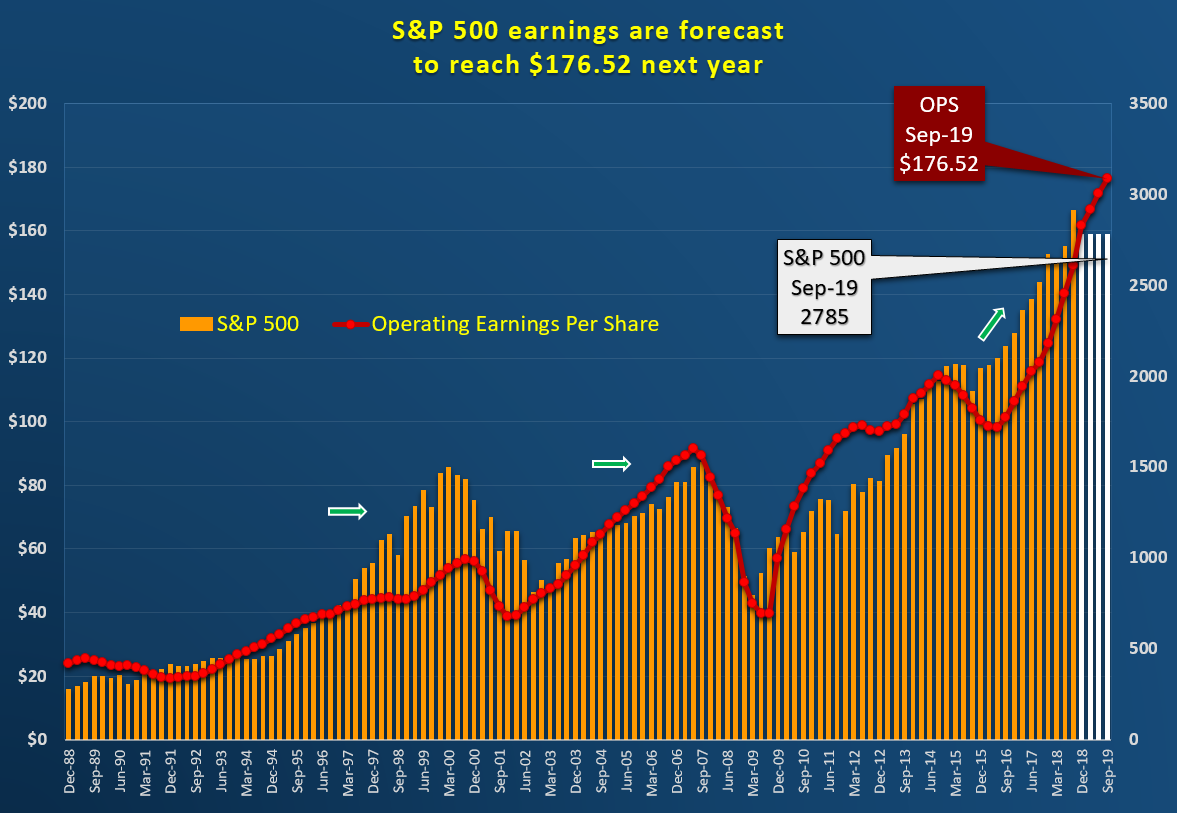On September 20th, the S&P closed at 2,930.75, setting an all-time high. The Nasdaq Composite and Dow Jones Industrial Average were flirting near record levels. Twenty days later, the S&P, DJIA, and Nasdaq are down 6.9%, 6.6%, and 9.6% respectively. What changed in a matter of three weeks? Is it the usual cast of characters: trade war concerns with China, hawkish Fed monetary policy, historical volatility indicative of October, unprecedented severe weather events, political polarity surrounding mid-term elections, stretched valuations, and a bull market that is the longest in history? Mr. Market can be cunning and fickle, yet is incredibly shrewd at discounting all known information and pricing it into stock prices; so is this decline a forewarning, or an opportunity to pick up equities at marked down prices?
From my desk, the catalyst that spooked buyers and emboldened sellers is the ongoing specter of higher inflation, collaborated by the 10-year Treasury note increasing to 3.21% this week, its highest yield since May 6, 2011. On September 26th, the Federal Reserve raised short-term rates for the eighth time this cycle. The Fed aims to prevent the economy from overheating and escalating unwanted price inflation. September’s CPI inflation report issued by the Bureau of Labor Statistics tells a different story. Consumer prices rose a scant 0.1% last month, and are up modestly 2.3% for the year, well below its 3.5% seventy year average. Market participants are warning that the Fed is projecting another rate increase in December, with more to follow in 2019. I am less sure that the Fed’s rate tightening trajectory is ironclad. Chairman Powell and his team of Fed governors are astute. Chairman Powell’s message has been transparent and open. Up to the present, i.e., late September, economic data has supported continuous Fed action to curtail accelerating growth. As 401k, IRA, and equity owners at large assess the damage to their retirement and investment accounts, they are likely to tighten their purse strings until stock indices stabilize; this too will become a headwind to the economy. Additionally, just this week, the IMF projected slower global growth for the year ahead. As the Fed digests all new facts and figures, it may be inclined to softening its stance on further rate hikes.

Inherently, stock prices closely track earnings growth. In the 40-year chart above, I’ve illustrated quarterly earnings by the red dotted line and the S&P 500 price with the bars. Over the past four decades, the S&P Index has closely paralleled its per-share earnings. Over the next twelve months, earnings estimates target $176.52 per share. As of this writing, the S&P trades at 2,738.62, equating to a forward price-to-earnings ratio of 15.5, six percent above its 14.5 multiple the past ten years.
DISCLOSURE: The opinions made herein are for informational purposes and are not recommendations to any person to buy or sell any securities. The information is deemed to be reliable, but its accuracy and completeness are not guaranteed. 1st Discount Brokerage does not accept any liability for the use of this column. Readers of this column who buy or sell securities based on the information in this column are solely responsible for their actions. Investors/traders are advised to satisfy themselves before making any investment. Nothing published on this site/ article should be considered as investment advice. It’s not an offer to buy or sell any security. Readers are solely responsible for their profits or losses.
The views and opinions expressed in this article are those of the authors, and do not represent the views of equities.com. Readers should not consider statements made by the author as formal recommendations and should consult their financial advisor before making any investment decisions. To read our full disclosure, please go to: http://www.equities.com/disclaimer

